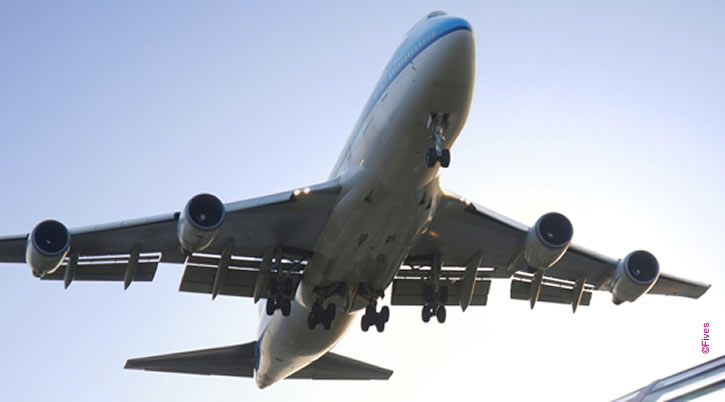Increasing use of aerospace composites in the commercial aircraft segment is expected to drive the growth of the Aerospace Composites Market from 2017 to 2022. The use of aerospace composites in the commercial aircraft has gained momentum during the past few decades. Up to 53% of the latest Airbus aircraft A350XWB is made using aerospace composite materials as compared to old aircraft models, which used only 2-5% aerospace composites. The main reasons for the growing use of aerospace composites in commercial aircraft are the reduction in the weight of aircraft and high resistance offered against corrosion. Moreover, the maintenance costs for aircraft manufactured using aerospace composites are lower in comparison to the maintenance costs for aircraft manufactured using traditional materials. Among fiber types, the carbon fiber composites segment is projected to lead the Aerospace Composites Market during the forecast period in terms of both, volume and value. Carbon fibers account for over 70% of the reinforcements used to manufacture aerospace composites across the globe. There is an increasing demand for carbon fiber composites in the aerospace and defense aircraft, owing to their lightweight, high inherent strength, weather-resistant finish, and variety in surface textures offered. As the demand for carbon fiber composites is increasing across the globe, several companies are investing in setting up their carbon fiber composites manufacturing plants in North America and Europe. North America is the largest market for aerospace composites across the globe. In addition, the North American Aerospace Composites Market is projected to grow at the highest CAGR in terms of both value and volume during the forecast period from 2017 to 2022. The increasing use of aerospace composites in the commercial and military aircraft is the major factor driving the growth of the North American Aerospace Composites Market. Moreover, the presence of major aerospace manufacturers and mass production of aerospace parts using aerospace composites are driving the growth of the North American Aerospace Composites Market.













